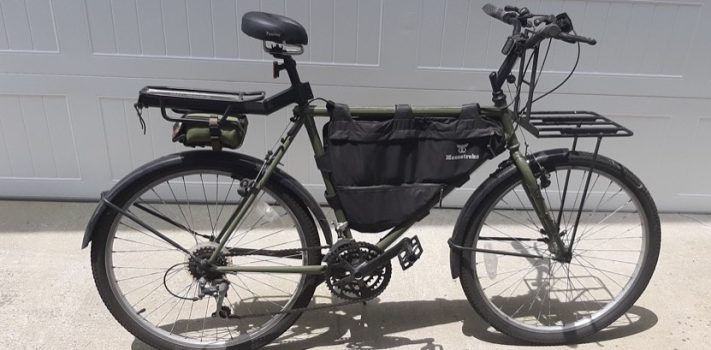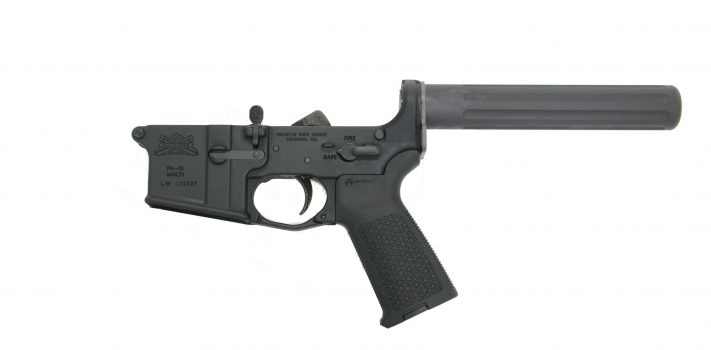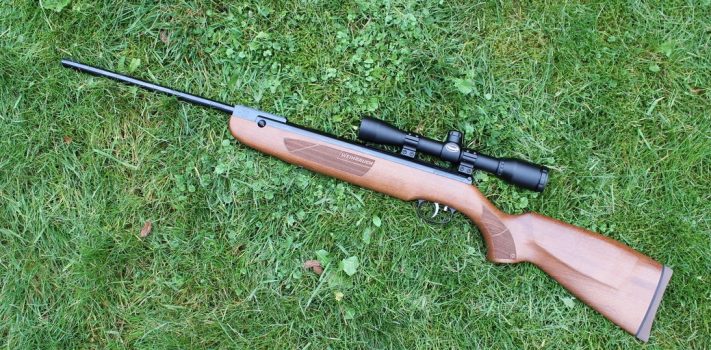The Patrol Bicycle, by Kim Kipling
No regular reader of SurvivalBlog needs to be encouraged to prepare for an uncertain future. Inspired and instructed by this forum, many of us spend great amounts of time, energy and money making preparations and setting aside tools, commodities, and supplies against the day when they are needed in an emergency, no longer available, or prohibitively expensive. And if you are like me, many of these items fall squarely into the category of “I pray I will never need this.” It is prudent to have them, but times will surely be hard if we ever have to reach for some …








